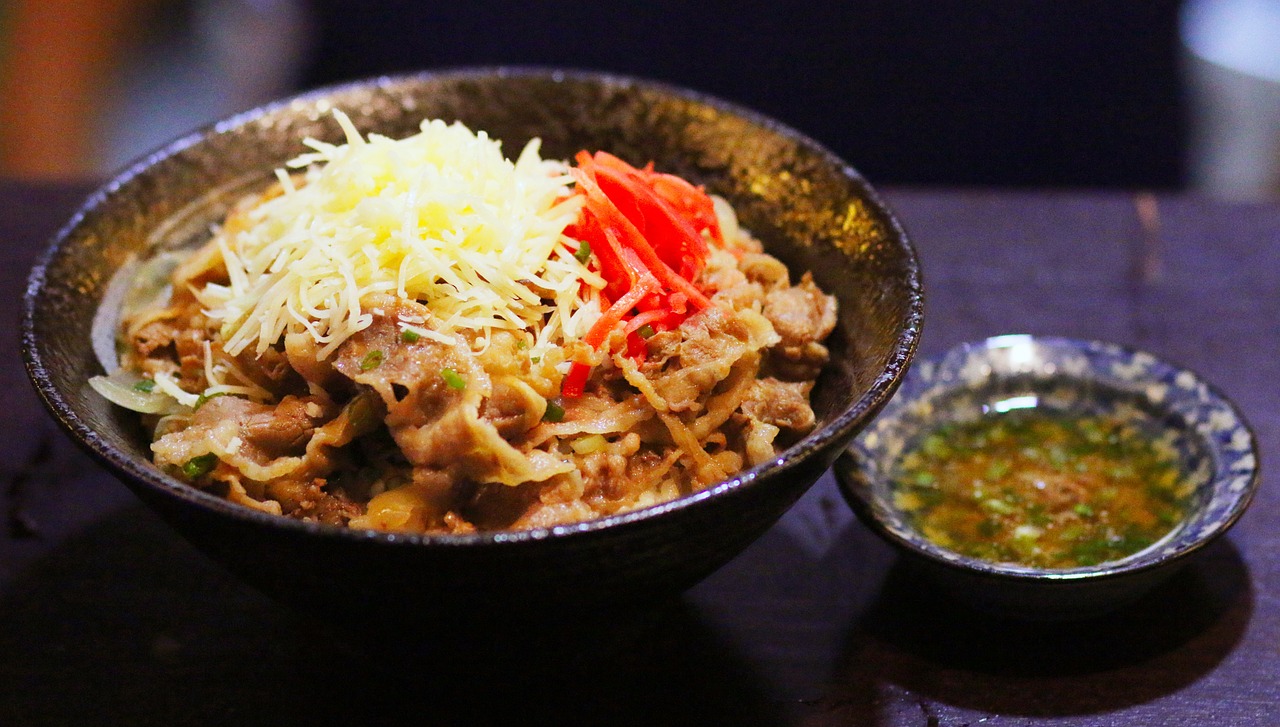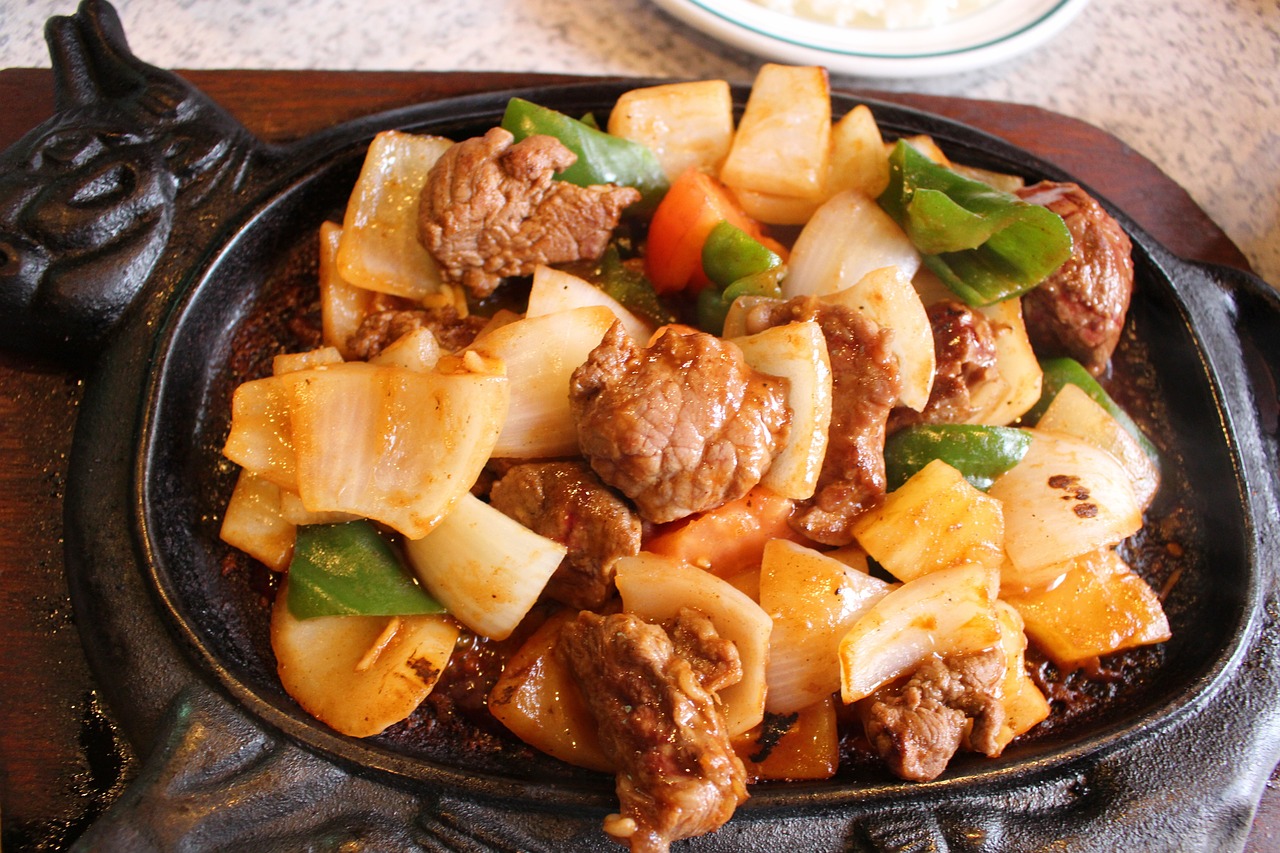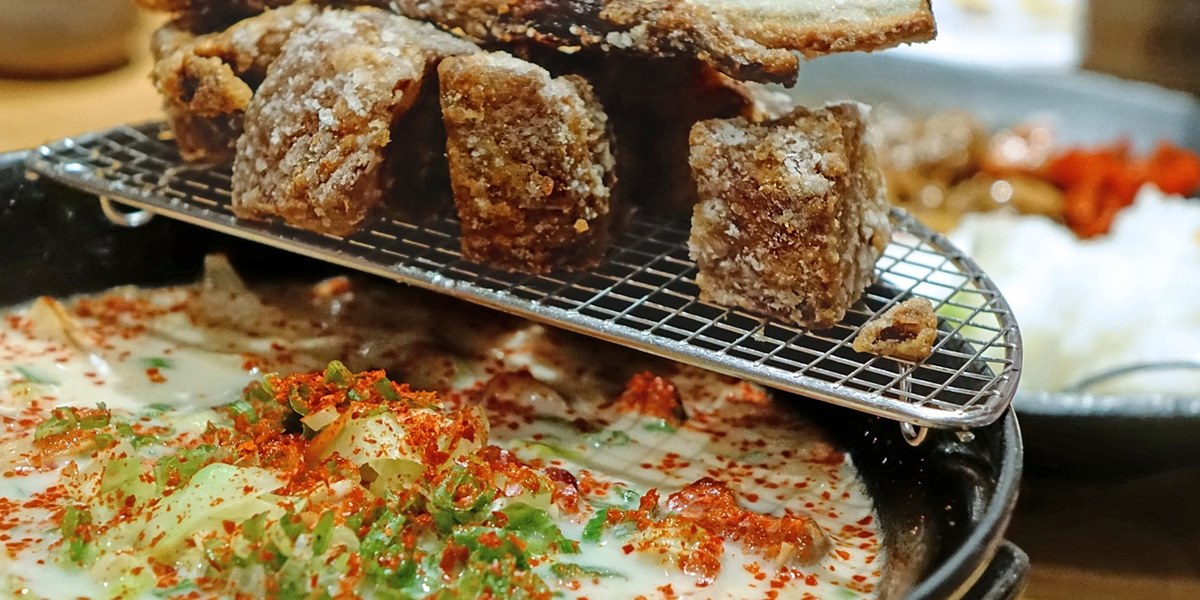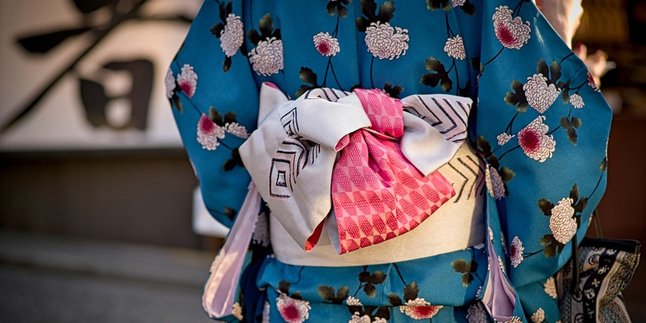Kapanlagi.com - In Japanese, there are various words we can learn, one of which is lamb in Japanese. Although it is not as popular as beef or chicken, lamb has its own place in Japanese cuisine, especially in the Hokkaido region, you know KLovers!
This article will explain the meaning of the term lamb in Japanese, provide examples of its use in everyday sentences, and discuss several types of food preparations made from lamb that are common in Japanese society.
Let's take a closer look to understand the expression of lamb in Japanese, complete with example sentences and types of preparations. Check it out, KLovers!
1. Lamb in Japanese is

Illustration (credit: pixabay.com)
For those of you who want to know lamb in Japanese, the common expression for lamb in Japanese is "yoniku". This combines the characters for "sheep" and "meat".
In addition to yoniku, another term for lamb in Japanese is "ramu", which is a loanword from the English word "lamb". This is more often used in modern culinary contexts.
Furthermore, another term for lamb in Japanese is "maton", this word is another term used, derived from the English "mutton". This word generally refers to older sheep meat.
The use of lamb in traditional Japanese cuisine is relatively limited. However, with globalization, lamb consumption in Japan has increased, especially in international cuisine.
In modern Japanese culture, lamb is often associated with Mongolian cuisine, particularly in the context of the popular "jingisukan" restaurants, where lamb is prepared by grilling.
To better understand the expression of lamb in Japanese, here are some example sentences that you might find useful. Here are some example sentences using lamb in Japanese:
1. "Watashi wa yoniku ga suki desu."
Meaning: I like lamb.
2. "Hokkaido de jingisukan o tabemashita."
Meaning: I ate Jingisukan in Hokkaido.
3. "Kono resutoran wa oishii ramu shabu o teikyo shiteimasu."
Meaning: This restaurant serves delicious lamb shabu-shabu.
4. "Hitsuji wa yawaraka na ke o motte imasu."
Meaning: Sheep have soft wool.
5. "Kyou no dinner wa ramu kare desu."
Meaning: Tonight's dinner is lamb curry.
6. "Bokujou de hitsuji o mimashita."
Meaning: I saw sheep at the farm.
7. "Ramu choppu wa watashi no ichiban sukina ryouri desu."
Meaning: Lamb chop is my favorite dish.
2. Japanese Dishes Made from Lamb

Illustration (credit: pixabay.com)
In addition to knowing the term for lamb in Japanese, KLovers can also learn about several Japanese dishes made from lamb. Although lamb is not the main ingredient.
However, in traditional Japanese cuisine, some modern and fusion dishes use this meat. Here are some Japanese dishes that use lamb:
1. Jingisukan
- Origin: Hokkaido
- Description: A Japanese-style barbecue dish inspired by Mongolia
- Serving: Thinly sliced lamb grilled with vegetables on a helmet-shaped pan
2. Yaki-niku with Lamb
- Description: The lamb version of the popular Japanese barbecue dish
- Serving: Thinly sliced lamb grilled on a tabletop grill
3. Ramu Shabu
- Variation: An adaptation of traditional shabu-shabu
- Description: Thin slices of lamb dipped in hot broth and eaten with sauce
4. Ramu Kare
- Fusion: Japanese curry with lamb
- Characteristics: Thicker and sweeter than Indian curry, served with rice
5. Yakitori Lamb
- Variation: The lamb version of traditional chicken yakitori
- Serving: Pieces of lamb skewered and grilled, often seasoned with salt or tare sauce
6. Ramu Ramen
- Fusion: Ramen with lamb-based toppings or broth
- Popularity: More common in northern areas of Japan such as Hokkaido
7. Hitsuji Nabe
- Description: Hotpot (nabe) with lamb as the main ingredient
- Characteristics: A mix of lamb, vegetables, and tofu in a warm broth
8. Ramu Gyoza
- Variation: Gyoza (dumplings) filled with lamb
- Characteristics: Often mixed with garlic and spices
Although not as traditional as beef or pork dishes, these lamb preparations are becoming increasingly popular in Japan, especially in colder regions and in the context of fusion or international cuisine.
These are the expressions for lamb in Japanese that KLovers can know. Thus, lamb in Japanese has an important role in the culinary scene of several regions in Japan.
(kpl/dhm)
Disclaimer: This translation from Bahasa Indonesia to English has been generated by Artificial Intelligence.














